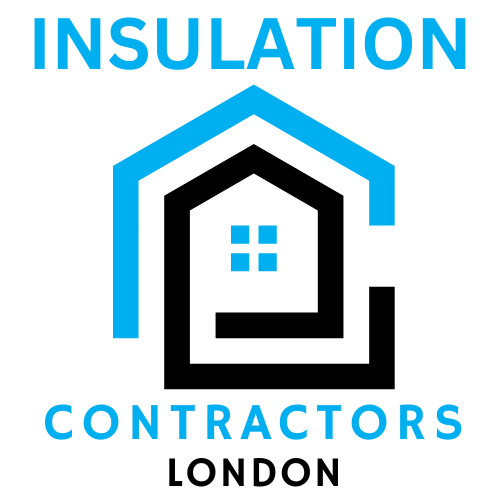Knowing When to Replace Your Home Insulation: Signs to Watch For

As temperatures fluctuate throughout the year, proper insulation plays a crucial role in maintaining comfort and energy efficiency in your home. Over time, insulation can degrade or become damaged, compromising its effectiveness and leading to various issues such as energy loss and decreased indoor comfort. In this article, we'll explore the signs that indicate it may be time to replace the insulation in your home, brought to you by Insulation Contractors London, your trusted local insulation company in London, Ontario.
1. Increased Energy Bills:
One of the most noticeable signs that your home insulation may need replacing is a sudden increase in energy bills. Poor insulation allows heat to escape during the winter and infiltrate during the summer, causing your heating and cooling systems to work harder to maintain a comfortable indoor temperature. If you've noticed a significant spike in your energy costs, it could be due to inadequate or deteriorating insulation.
2. Uneven Indoor Temperatures:
Do certain areas of your home feel consistently colder or warmer than others, regardless of your HVAC settings? Uneven indoor temperatures can be a telltale sign of insulation issues. Insufficient insulation or gaps in the insulation can allow heat to transfer more easily, resulting in temperature disparities between rooms.
3. Drafts and Air Leaks:
Feeling drafts or noticing air leaks around windows, doors, or electrical outlets can indicate gaps or deteriorated insulation in your home's envelope. These leaks allow conditioned air to escape and outdoor air to infiltrate, reducing energy efficiency and compromising indoor comfort.
4. Moisture Problems:
Damaged or ineffective insulation can also contribute to moisture-related issues such as mold growth, mildew, or water damage. Moisture can infiltrate through gaps in insulation or accumulate due to condensation, leading to potential health hazards and structural damage if left unaddressed.
5. Age of Insulation:
Even high-quality insulation has a lifespan and may become less effective over time due to factors such as settling, compression, or deterioration. If your home's insulation is approaching or exceeding its expected lifespan, it may be time to consider replacement to ensure optimal performance and energy efficiency.
6. Pest Infestations:
Rodents, insects, and other pests are known to damage insulation by nesting or burrowing within it. If you notice signs of pest infestations in your home, such as droppings, gnaw marks, or unusual sounds in the walls, it's essential to inspect your insulation for damage and consider replacement if necessary.
Conclusion:
Proper insulation is essential for maintaining a comfortable, energy-efficient home environment year-round. If you've noticed any of the signs mentioned above or suspect that your home's insulation may be compromised, it's essential to consult with a professional insulation contractor. At Insulation Contractors London, we specialize in providing high-quality insulation services tailored to your home's specific needs. Contact us today to schedule a consultation and ensure your home remains comfortable and energy-efficient for years to come.











